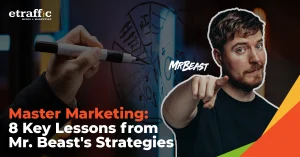![]() Posted by Cameron Francis
on
31 Oct , 2018
in
SEO Tips Web Design & Development
Posted by Cameron Francis
on
31 Oct , 2018
in
SEO Tips Web Design & Development
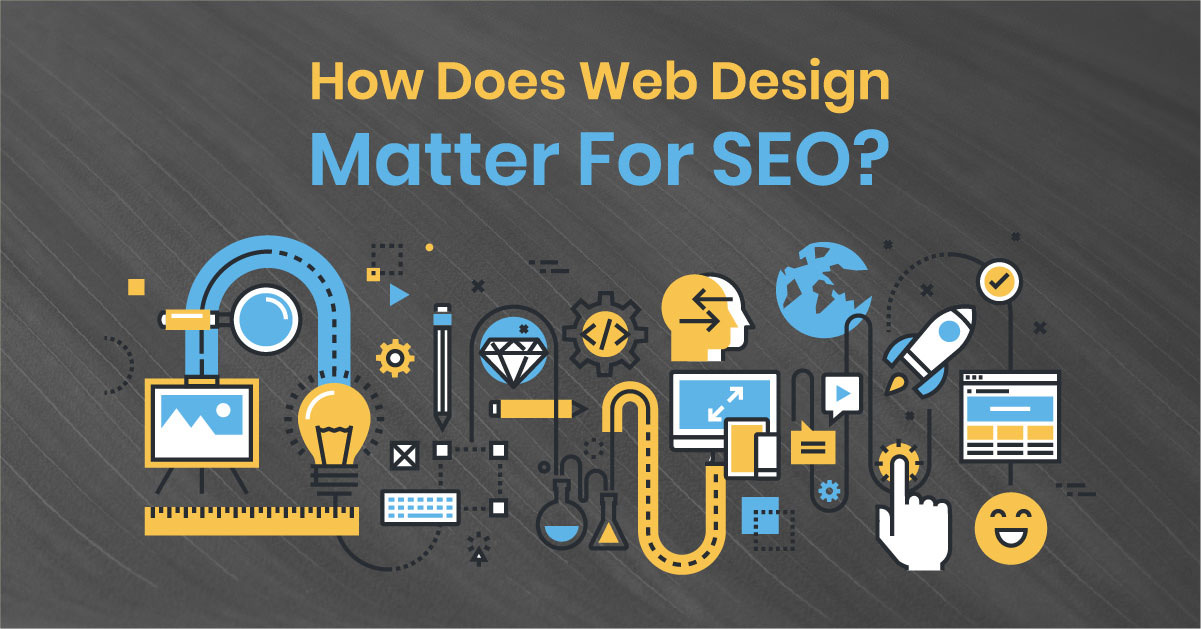

Many companies are under the impression that web design is an isolated part of marketing. What they don’t know is that this myth could be affecting their business in multiple ways. While web design is certainly critical when it comes to aesthetics, it encompasses much more – from search engine optimisation to branding, from traffic, through to conversion rates. In fact, web design can affect your entire internet presence.
As such, any business that is looking to grow sustainably cannot afford to ignore SEO web design.
Here are a few pointers that prove how important web design is for SEO.
1. It Helps You Keep the Visitors You Attract
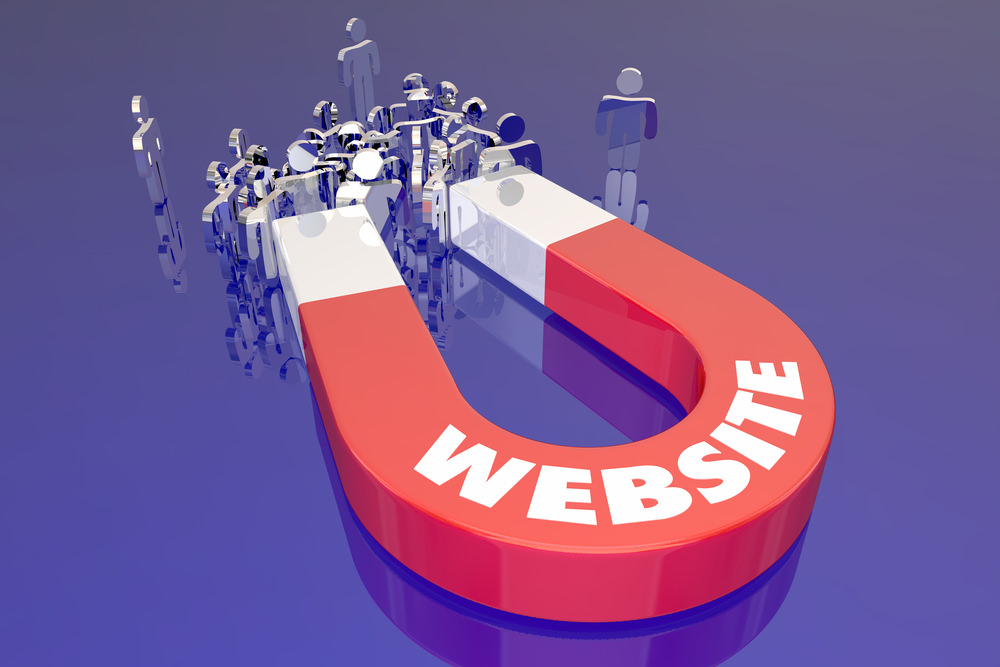
Whether you are in ecommerce, own a small local business, or run a professional blog, website traffic is a critical element for business success in this modern age of the internet. An SEO focussed approach to web design helps you rank higher in the search engines, meaning that you will be more visible to your potential customer when they search for something you offer.
Web design achieves this by attracting and keeping website visitors interested in what you are offering through the use of graphics and functionality among other things. Focusing on what matters to your customers means you’ll attract more of them, and potentially increase your revenue.
Speed is another key issue addressed by web design. An expert web designer is aware that every extra second a web page takes to load could mean a lost visitor. These visitors could be people who click on links from other websites to yours, or on your ads. You might even be paying for this traffic. Either way, if they need to sit around waiting for your website to load, you risk losing their interest.
2. You Attract Valuable Traffic
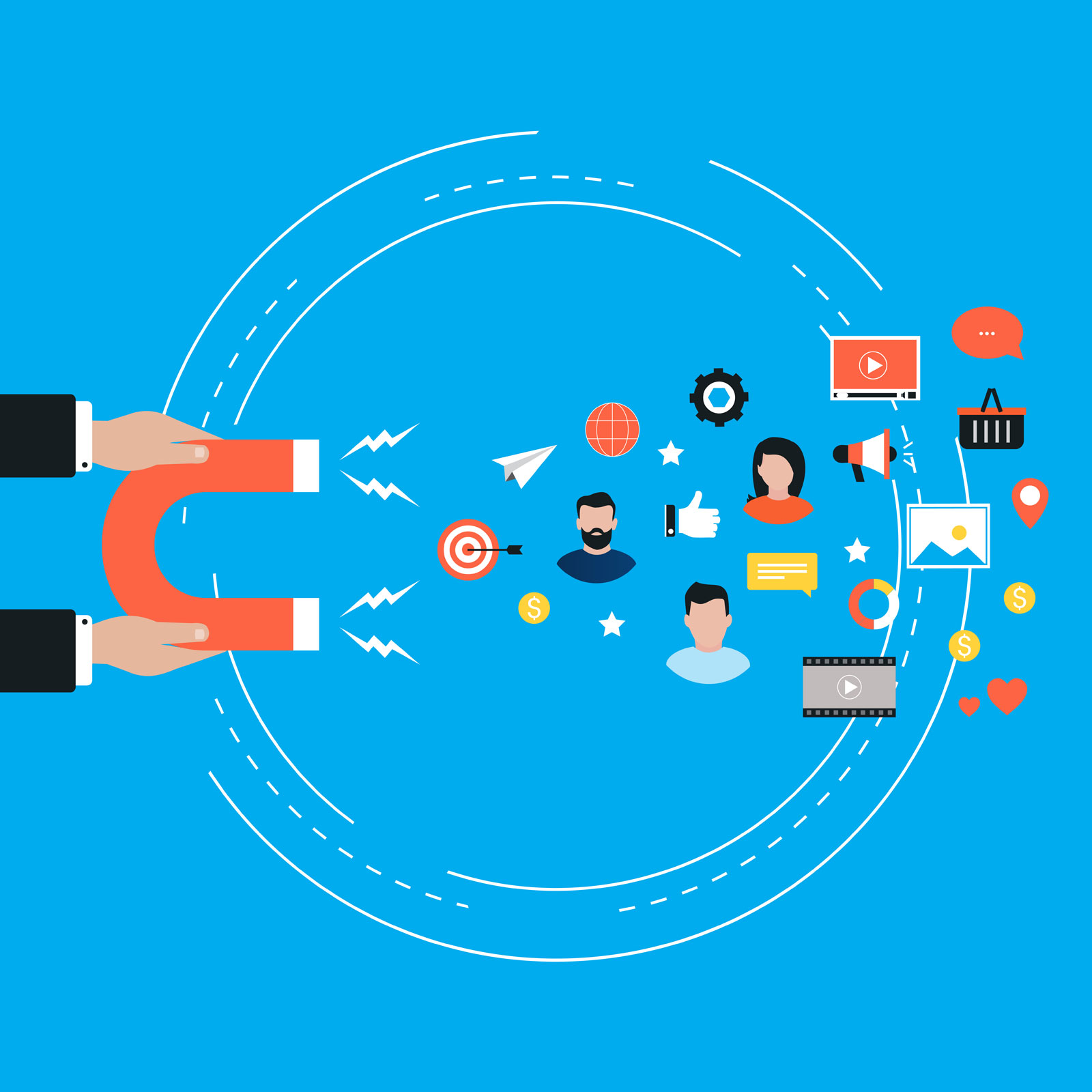
Although getting traffic is important, are these visitors potential customers? Web design essentially helps you attract more people that are likely to become paying, loyal customers, who might even share your brand with other people.
This is accomplished by integrating style elements, design features, imagery, widgets, and text that specifically appeals to your target market. Nonetheless, this will require wide research, expertise, and testing. As such, much of these features aren’t included with the cookie-cutter, DIY website platforms. As such, it’s important to work with a professional when modifying or building your site.
The research and planning that goes into SEO website design includes:
• Establishing who your ideal target is and identifying their personas
• Finding out the keywords your target audience uses to find products/services like yours
• Determining what your audience wants out of a website, such as exclusive offers, handy calculators, fun content, online ordering, helpful content, etc.
• Finding the online platforms where your audience hangs out, such as social media, forums, or certain websites
• Looking at what your competition is doing
Web design also determines what can be done on an ongoing basis in order to maintain its ranking, traction, and its place in the eyes of your target customers.
3. Ensures your Visitors Get a Seamless Experience

Proper web design provides your potential customers with a seamless experience. Every millimetre of your site on every device should be consistent and user friendly. Don’t leave anything to chance. In fact, a good web design shouldn’t accept “good enough”, rather it should accept the best – this is what optimisation is all about.
The ideal site should guide the visitor gently, yet intentionally through the content, pricing, features, and the other areas you want them to access. There should be no distractions, and the visitor should be able to easily find what they want. A good web designer will help you achieve all this.
4. It Optimises Your Website for Conversions
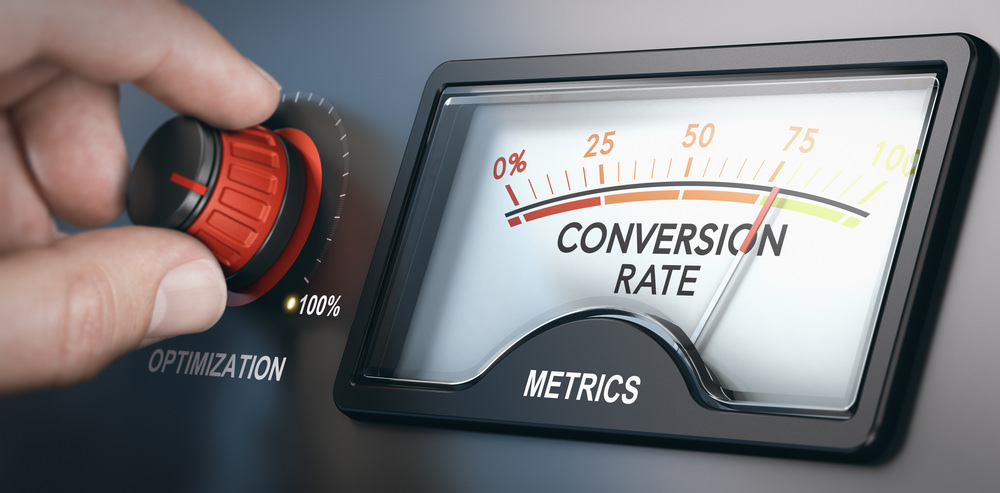
Getting potential customers to your site is one thing. However, you need to be able to close the sale. Web design that’s optimised for SEO helps to optimise the conversion rate, enabling you to do something with all of the high quality traffic you receive.
Your website has to seamlessly guide the visitor throughout the site, ideally making the process of taking the desired action, such as ordering something or making an appointment, a no-brainer. This should extend down to the micro-conversions – the little things that people do in your site to get more invested. These include:
• Signing up for your newsletter
• Taking a quiz
• Watching a video
• Clicking a link or light box
Monitoring these micro-conversions will help you learn new ways of optimising the user experience further. In case people are getting hung up on some elements, it’ll be easier to identify how they are completing the micro-conversions.
5. Strengthens your Brand
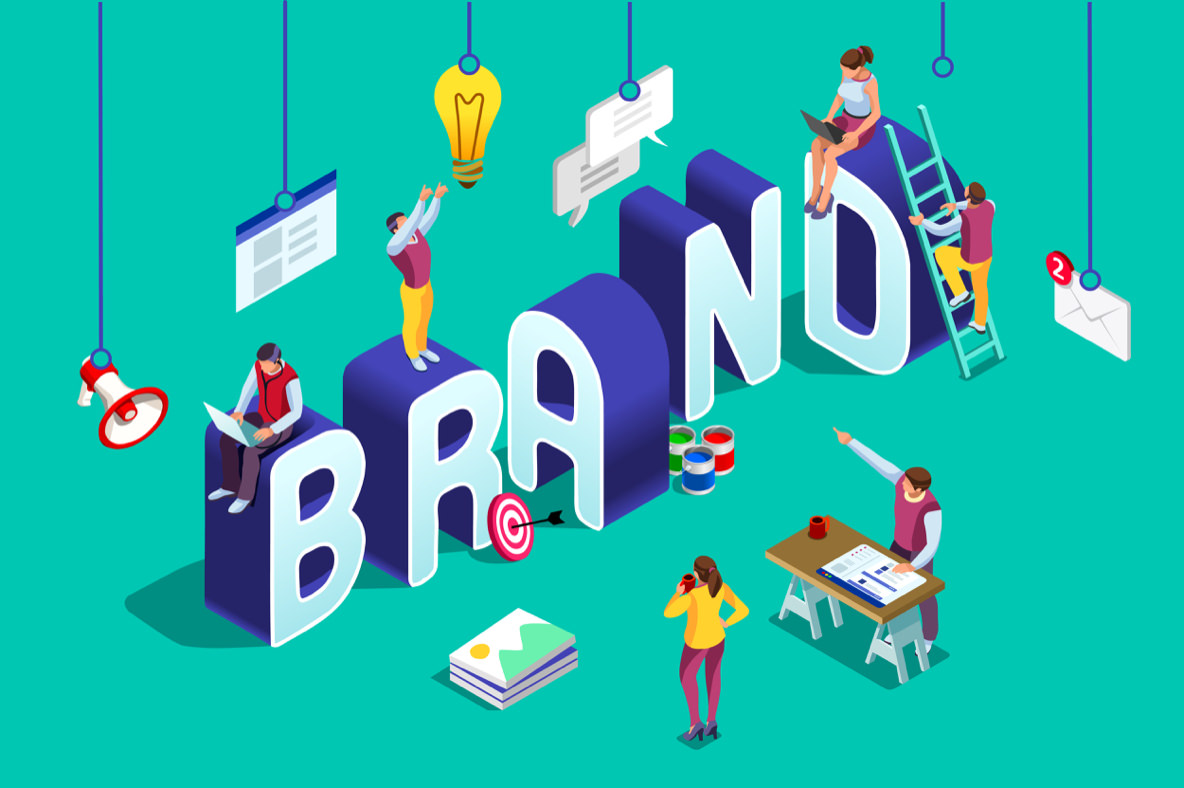
When it comes to branding in the process of web design, there’s a very important distinction to be made. The design of your site is not your brand; rather, it’s one of the brand elements that helps you build trust with your audience.
Keep in mind that consumers are always attracted toward brands that they already trust. They are therefore more likely to make a purchase when they correlate a product with a powerful brand. From the perspective of web design, the design style and elements you choose will ultimately influence your entire branding strategy along with your market position.
6. It Will Keep Bringing Your Revenue

Implementing web design based on SEO is essentially a long-term investment that will keep paying you back so long as you maintain it. The monthly maintenance required to maintain your rank in the search engines is also minimal. Soon enough, you’ll see those returns begin to snowball.
Furthermore, it’s more cost effective in the long run compared to running ad campaigns. If you spend money through Facebook, AdWords, and other ad platforms to gain traffic, you may have to spend hours every week posting content on social media just to gain ‘free traffic’. This might require even more time especially if you don’t have automation and analytics tools to streamline their management.
Spending about 75% to 90% of the initial marketing budget to acquire the customers is not a sustainable model for long-term success. If for any reason you abandon social media marketing, traffic will stop completely. On the other hand, having your website designed with SEO in mind will ultimately pay you back over time, with little monthly maintenance required.
Nonetheless, you shouldn’t eliminate the other platforms and strategies used in digital marketing. Ideally, they should all work together to deliver growth and revenue. However, with much of your traffic coming organically through SEO, you will be less reliant on these costly, marketing methods. This is how your marketing ROI should be; get more with less.
Wrapping Up
It’s important to understand how web design affects SEO. As we’ve discussed, it’s a lot more than just building a fast, user-friendly website. SEO is all about optimisation. As such, SEO web design works to ensure maximum efficiency for your online activities. This translates into more, highly targeted traffic, and improved conversions. This means that you end up making more money without having to spend more.
More Articles:
Creating An SEO-Friendly Web Design
Why Responsive Websites Are More Effective Than Separately Hosted Mobile Sites
Arrange Your Website in a Clear, Hierarchical or “Tree-like” Layout

